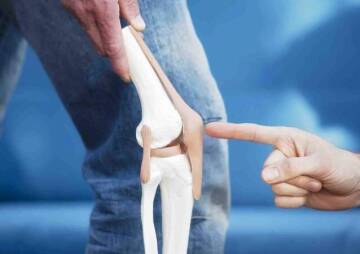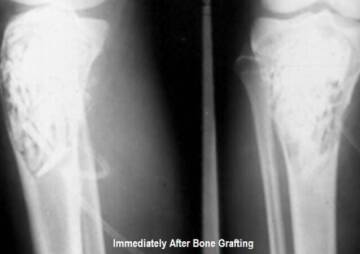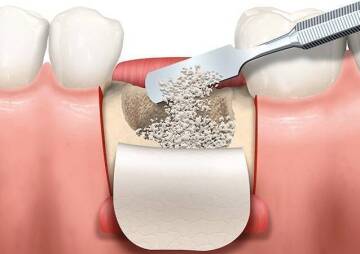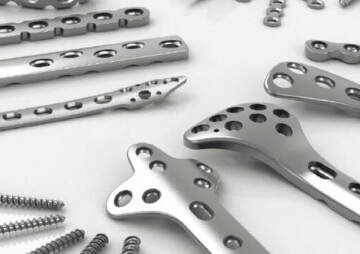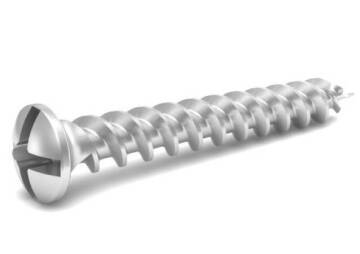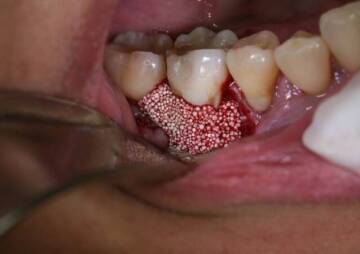-
Category
Craniomaxillofacial Surgery
Orthopedic Surgery
Spine Surgery
Orthopedic Implants
Hip Surgery
Knee Surgery
Pectus Excavatum
Bone Graft
Disinfectants
Healthcare
knee bone graft

A knee bone graft is surgery for fixing up damages and replacing them with transplanted bones from other areas of the body.
Heavy exercise or daily activities may cause knee injuries or bone fractures. A Knee bone graft is a complex surgery that treats or replaces damaged bones with a high risk. Have you ever experienced knee problems caused by heavy exercises, sports, or even falling on accident? If you are like me, you would first search for the reasons or treatments for your knee problem. Knee bone graft is one of these treatments that can make you terrified of your situation because of its heavy name. However, having more information about anything can make you feel more comfortable with the problem, and knee surgery is not an exception. This article will help you know exactly everything you need for a knee bone graft and help you get ready for everything during this surgery.
What is Knee Bone Graft surgery?
A Knee bone graft is a surgical procedure that replaces diseased or damaged bones with transplanted bone. This is a choice for repairing almost every bone in the body so your surgeon can take it from your hips and legs to replace it at the knee.
First of all, let’s know some basic things about the body that can help us figure these things out better. The knee is the largest joint in the body. This joint comprises three bones—the lower part of the femur, the upper part of the tibia, and the patella.
Most of the skeleton is a bone matrix to give them their strength. Inside this matrix are bone cells that do the repairing process in case of minor fractures. When a large piece of bone is destroyed, the cells can no longer fully repair it and need external help.
Different types of bone grafts can use in some situations, and some of them are :
- A minor fracture if it cannot be repaired without a bone graft.
- Fractures from the past that have not healed and are still bothering the patient.
- Bone and cancer diseases
Types of Bone grafts in Knee
The basic thing about bone graft in knee is the same as other types of bone graft, but there are few things you should know about it. There are three types of bone graft that are:
- Autograft is the bone that takes from another part of the patient's body;
- Allograft is bones that are taken from other people’s bones;
- Artificial bone graft that is made from a synthetic bone substitute.
The most common type used for knee bone grafting is allograft, obtained from long bones, including the arms and legs. One of the main reasons for this very convenient method is that it reduces the risk of infection because there is no need for additional incisions or surgery. In all types of Knee bone grafts mentioned for this surgery, the bone cells die and become powdered because the blood supply is cut off. After that, the powdered bones are transplant between grafts. The living cells of the non-welded area grow on this scaffold and gradually absorb the scaffold, forming a new scaffold instead.
Tendon-bone ACL reconstruction

One of the most common knee injuries is a cruciate ligament strain or tear, usually during active sports such as soccer or volleyball. Anterior cruciate ligament (ACL) reconstruction is a common method of restoring knee stability in people with a ruptured ligament. An ACL graft is a tissue used to rebuild a new ligament that your surgeon will choose for you, depending on your particular situation. The results of many studies have shown that the use of the peroneal longus muscle tendon for ACL reconstruction is associated with good clinical outcomes, which has led to more use of this method.
Knee Bone Graft Healing Time
The knee is an important part of the body that can delay the healing of the knee bone graft if not taken care of. For the recovery process to be done well, the patient must have proper nutrition and avoid strenuous activities for up to 6 months to have complete healing in the knee bone graft.
As with any surgery, the first thing to know about bone graft knee recovery time is how much you take care of yourself can have a huge impact on recovery. After the procedure, it usually takes about two weeks to three months. The knee bone graft itself can take an even longer time to heal. The recovery process depends on:
- The amount of movement in the fracture area
- Age
- Avoiding smoke, alcohol, and so on.
- Nutrition
- Medicine
Knee Bone Graft Complications
The most important possible side effects of knee bone graft include :
- Infection
- Transmission of viral disease to the patient by allograft method
- Knee dryness in 5 to 25% of cases
- Injury to the upper growth plate of the knee if surgery is performed in adolescence
It is important to know that many of these side effects are very unlikely to occur, and with the help of a trusted specialist surgeon, there is no risk for many of them.
Summary
Having knee pain can cause us to miss most of our daily activities, and ignoring this pain can cause us many problems. Although knee bone graft surgery may seem scary, it can be done in a short time to restore the knee and return to normal life. What about you? Have you ever had knee bone surgery in the past? What was your experience? Please write it down in the comments and share this article with those who need to have knee bone graft surgery in the future.

